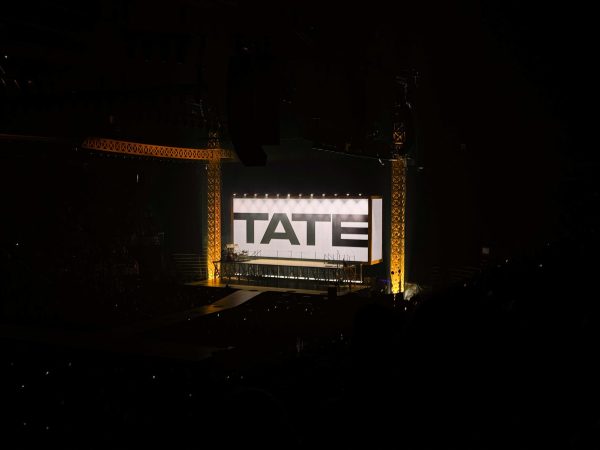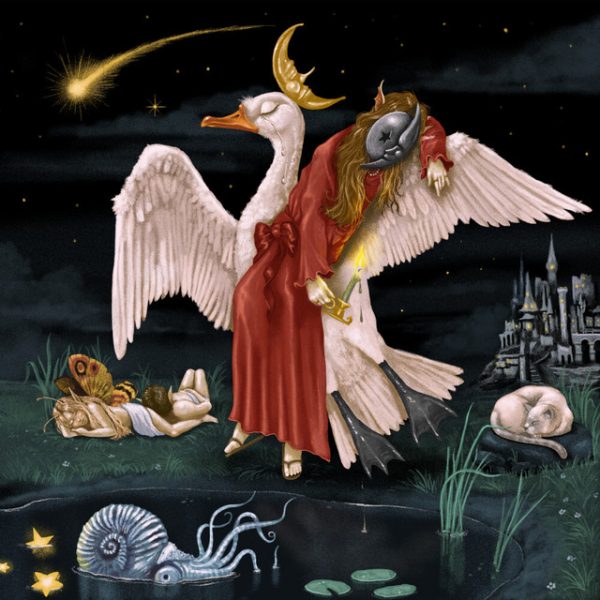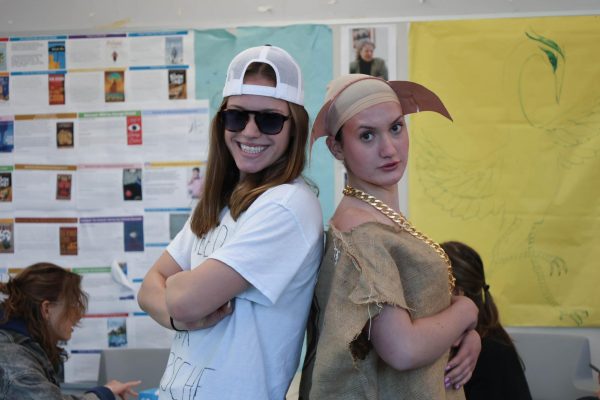BlacKkKlansman is director Spike Lee’s message to a Black-and-White America

(Photo by Tristan Fewings/Getty Images)
BlacKkKlansman, which was co-directed by the famous Spike Lee and Jordan Peele, portrays the racism that marked the 1970s in a darkly humorous manner that will give any cinephile the chills. The movie is based on the real story of Ron Stallworth, played by John David Washington, the first African-American detective in the police force in Colorado Springs.
Having just joined the force, Stallworth decides to respond to a Ku Klux Klan (KKK) recruitment advertisement and uses an alter-ego to mask his persona, proclaiming that he is a white man. Stallworth catches slack from his colleague Flip Zimmerman, played by Adam Driver, for using his real name during the phone calls. To ensure that his real identity is not exposed, he aids in acting as the white Stallworth for the KKK, the face for Stallworth’s voice. Eventually, Stallworth befriends the Grand Wizard of the Knights of the Ku Klux Klan, David Duke, played by Topher Grace, over the phone. Stallworth even gains enough of Duke’s trust towards the end of the movie for Duke to ask Stallworth to be his bodyguard at a conference in Colorado Springs. Little does he know, his newfound friend is his enemy.
Lee distorts the concept of racial stereotypes through Stallworth’s phone conversations with the KKK. Stallworth changes the inflection of his voice to fit his persona and the Klan members do not question the validity of his identity, even as Zimmerman, whose voice does not match Stallworth’s, talks to the Klan members in person. At one point in the movie, Duke even comments on how ‘white’ Stallworth’s voice is. Through dialogue between the KKK members and Stallworth, Lee challenges the notion that you can judge someone’s racial identity by the inflection of their voice.
Alongside his investigation of the KKK, Stallworth leads a romantic life with Patrice Dumas, played by Laura Harrier, the head of the Black Power chapter in Colorado Springs. Before Stallworth’s stunt with the KKK, he is first ordered to go to a Black Power meeting by Police Chief Bridges, played by Robert John Burke, to make sure the congregation does not get ‘out of hand’ — a subtle comment by Lee that exemplifies the indirect racism present in the police force. It is here that Stallworth meets the beautiful Dumas, who is affiliated with the Black Power chapter; he starts a relationship with her soon after, making sure to not give away that he is a police officer. All goes well between the two until Dumas brings up her confliction with the police and their negative treatment of African Americans. Stallworth, keeping in character, contends that although there are bad cops, in a general sense, the police force is a positive factor to society. This tension poses an underlying question to the viewer: should the police be judged upon the action of a few bad cops or the actions and intentions of the police force as a whole?
Possibly the most politically charged portion of the movie is its bizarre ending. Stallworth and Dumas receive a knock at the front door of Stallworth’s apartment after having thrown a few KKK members in jail. Stallworth grabs a shotgun and both characters forthrightly step towards the door; no one is found on the other side and the two continue to move down the corridor. The shot cuts to the window on the other side, which frames a burning cross. The movie then rapidly transitions from the story to a political message, showing KKK members circled around the cross, throwing their torches into the flame; Lee then cuts to modern-day news footage of the ‘Unite the Right’ riots that ensued in Charlottesville, Virginia between white-supremacist groups and civilians exactly a year before the film’s debut; the movie ends with president Donald Trump, explaining his sympathy for both sides of the fight. The final takeaway of this movie is a statement from Lee: that organizations such as the KKK are still alive and real in today’s America, no matter how much it feels like our society is different now than it was in the past.













